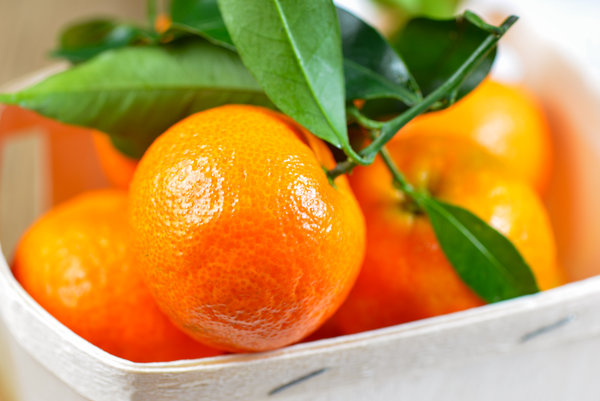Satsuma oranges are a delightful and easy-to-peel citrus fruit known for their sweet and refreshing flavor. They are a type of mandarin orange with loose, easily removable skin, making them a popular choice for snacking and juicing. When buying Satsuma oranges, consider the following tips to ensure you get the best quality fruit:
- Seasonality: Satsuma oranges are typically in season during the late fall and winter months. The peak season varies depending on the region, but you can generally find them from November to January. Look for Satsumas during this time for the freshest and most flavorful options.
- Appearance: Choose Satsuma oranges with a bright and vibrant orange color. The skin should be smooth and firm, without any blemishes or soft spots. Avoid fruits with green patches, as they may not be fully ripe.
- Size and Weight: Satsuma oranges are generally small to medium-sized fruits. The size does not significantly impact the flavor, so choose based on your preference. Instead, look for Satsumas that feel heavy for their size, as this indicates they are juicy and filled with sweet citrus goodness.
- Peelability: One of the key attractions of Satsuma oranges is their easy-to-peel nature. Before purchasing, gently press the skin to check if it’s loose and easy to remove. A good Satsuma should be effortless to peel, making them a convenient and mess-free snack option.
- Seedless: Satsuma oranges are typically seedless, which adds to their appeal. Before buying, check the label or ask the seller to confirm that the Satsumas are seedless, ensuring a hassle-free eating experience.
- Aroma: A ripe Satsuma should have a sweet and citrusy aroma. Gently smell the stem end of the fruit to assess its freshness. If the Satsuma has a pleasant and fragrant aroma, it is likely ripe and ready to enjoy.
- Organic or Conventional: Consider whether you prefer organic or conventional Satsuma oranges. Organic options are grown without synthetic pesticides and fertilizers, making them a healthier and more environmentally friendly choice. However, both organic and conventional Satsumas can be equally delicious and safe to consume.
- Local vs. Imported: Whenever possible, choose locally grown Satsuma oranges. Local fruits are often fresher and have a lower carbon footprint since they don’t require long-distance transportation. Supporting local farmers also benefits the community and promotes sustainability.
- Storage: Satsuma oranges can be stored at room temperature for a few days. However, if you don’t plan to consume them immediately, refrigerate them in the crisper drawer to maintain their freshness and extend their shelf life.
By following this buyer’s guide, you’ll be able to select the best Satsuma oranges available, ensuring a delightful and satisfying citrus experience. Enjoy their sweet and juicy flavor as a healthy snack, in salads, or freshly squeezed as a delicious and refreshing juice!
